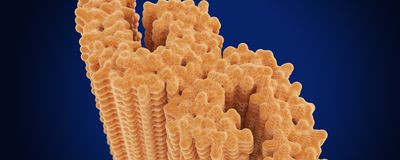tau protein

Stay on Target: Overcoming Challenges in Precision Drug Delivery
The Scientist and Taconic | Oct 24, 2024 | 1 min read
Explore how on-target precision therapies improve patient outcomes and drug tolerability.
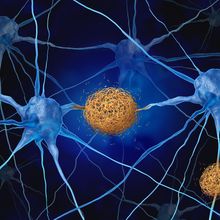
Neurodegenerative Disease Markers and Detection Methods
The Scientist | Sep 17, 2024 | 1 min read
Researchers investigate tauopathy mechanisms and turn to tau detection methods to help improve health care outcomes and lower the economic burden of these diseases.
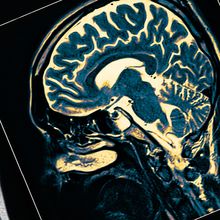
Gut Microbe Metabolites Lower Levels of Toxic Tau
Kamal Nahas, PhD | Jul 9, 2024 | 5 min read
Researchers simulated interactions between microbial molecules and neural receptors to explore whether gut bacteria might influence brain chemistry.

Muskoxen Headbutts May Cause Brain Damage: Study
Patience Asanga | May 25, 2022 | 4 min read
Researchers report molecular evidence of traumatic brain injury in headbutting animals, but other experts aren’t convinced.

Neuropathologist John Trojanowski Dies at 75
Lisa Winter | Mar 18, 2022 | 2 min read
His work was pivotal to understanding the mechanisms of neurodegenerative diseases, particularly Alzheimer’s and Parkinson’s.
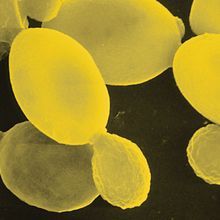
Yeast Models Provide New Insights into Neurodegenerative Diseases
Mahlon Collins | Oct 1, 2021 | 10+ min read
The single-celled fungus allows researchers to study Alzheimer’s, Parkinson’s, ALS and other brain diseases with unparalleled speed and scale.
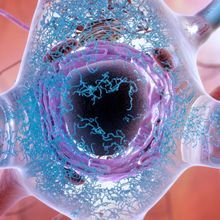
Genes for Alcohol Use Disorder and Alzheimer’s Risk Overlap: Study
Emma Yasinski | Aug 24, 2021 | 4 min read
Genetic, transcriptomic, and epigenetic data reveal molecular mechanisms tying these disorders to each other and to immune disfunction.
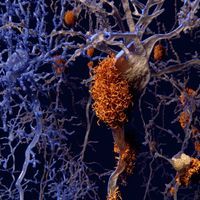
Eli Lilly Claims New Drug Can Slow Alzheimer’s-Related Decline
Lisa Winter | Mar 16, 2021 | 2 min read
Patients who received the drug fared better cognitively and functionally than those taking placebo, but still experienced losses in performance.
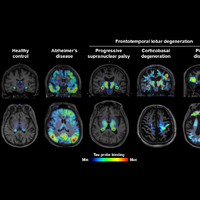
New Tracer Gives Clear Picture of Alzheimer’s and Other Dementias
Ian Le Guillou | Oct 29, 2020 | 3 min read
An imaging agent reveals aggregated tau protein in the brain during PET scans and could improve the diagnosis of neurodegenerative diseases, particularly tauopathies.

Experimental Blood Test Could Flag Alzheimer’s
Kerry Grens | Jul 29, 2020 | 2 min read
New studies show that elevated levels of a form of tau called p-tau217 can accurately distinguish Alzheimer’s disease from other forms of dementia, and perhaps even predict it.
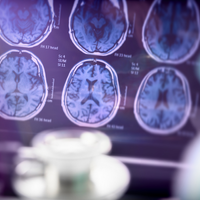
APOE Mutation Linked to Protection From Alzheimer’s: Case Study
Catherine Offord | Nov 5, 2019 | 2 min read
A woman whose DNA suggested she’d develop early-onset dementia staved off cognitive decline for decades.
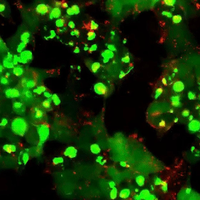
Image of the Day: Tau Aggregation
Emily Makowski | Oct 17, 2019 | 1 min read
Endolysosome leakiness allows tau to build up in cells.
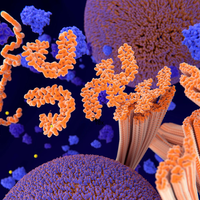
Tau Linked to RNA Splicing Errors in Flies
Emily Makowski | Oct 8, 2019 | 2 min read
In brain samples from people with Alzheimer’s disease, the protein aggregates more strongly bound proteins involved in processing RNA, the same study finds.
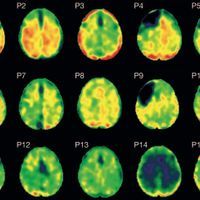
Tau Pathology Present Decades After a Single Brain Injury
Ruth Williams | Sep 9, 2019 | 3 min read
Patients who suffer a traumatic brain injury may exhibit abnormally abundant tau protein many years later, a new in vivo imaging technique reveals.
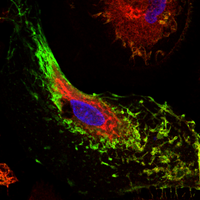
Image of the Day: Alzheimer’s Genes
Nicoletta Lanese | Aug 19, 2019 | 1 min read
Mutations within the MS4A gene cluster have been linked to changes in protein levels that affect disease risk.
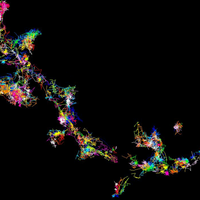
Image of the Day: Clustered Memories
Nicoletta Lanese | Aug 5, 2019 | 1 min read
Using super-resolution microscopy, scientists learned how mutant tau causes a memory-related protein to clump up in mouse neurons.

PET Scans Reveal Elevated Tau in NFL Players’ Brains
Jef Akst | Apr 12, 2019 | 2 min read
A study hints that it might be possible to diagnose chronic traumatic encephalopathy, a neurodegenerative disease associated with frequent head injuries, while patients are still living.
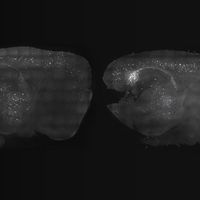
Rapidly Flashing Lights and Sounds Reduces Alzheimer’s in Mice
Jef Akst | Mar 15, 2019 | 2 min read
Exposing mice to an hour of 40-hertz stimuli every day for a week reduced levels of amyloid-β plaques and tau protein, and improved cognition.
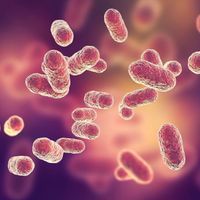
Gum Disease Could Drive Alzheimer’s: Study
Ashley Yeager | Jan 24, 2019 | 2 min read
An enzyme of the bacteria Porphyromonas gingivalis has been found in the brains of patients with the disorder, and causes neurodegeneration in mice.
